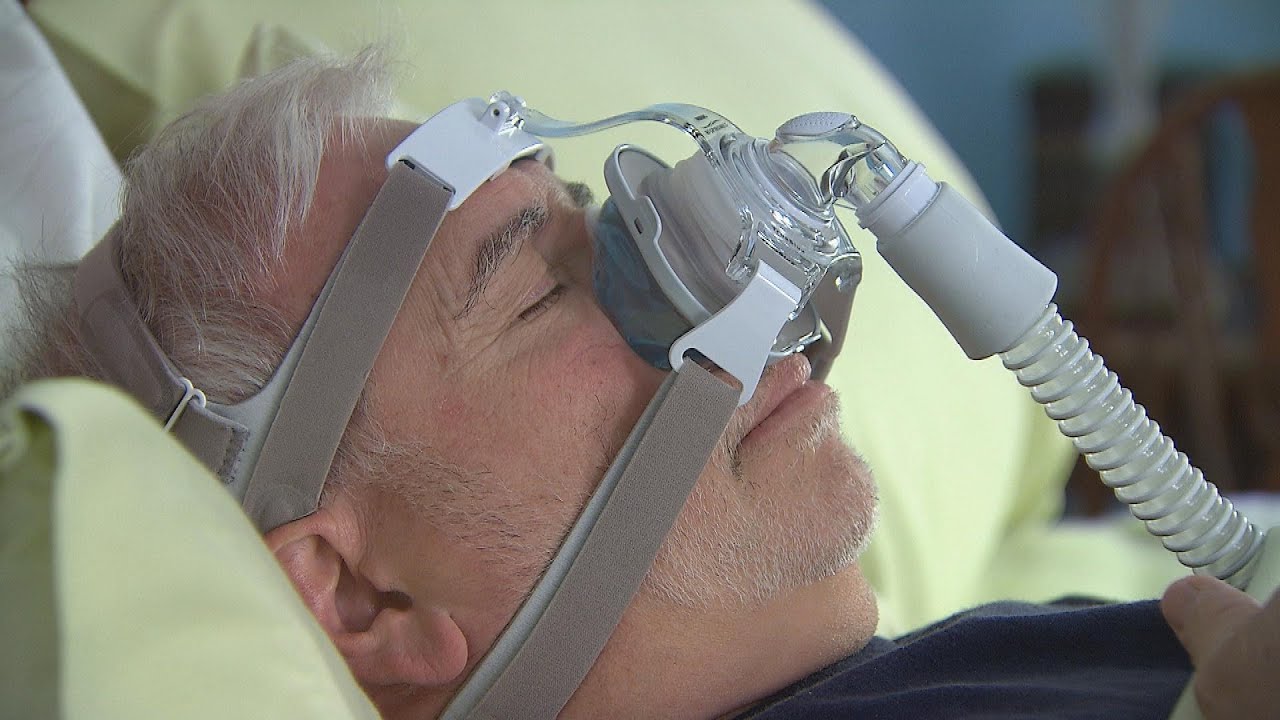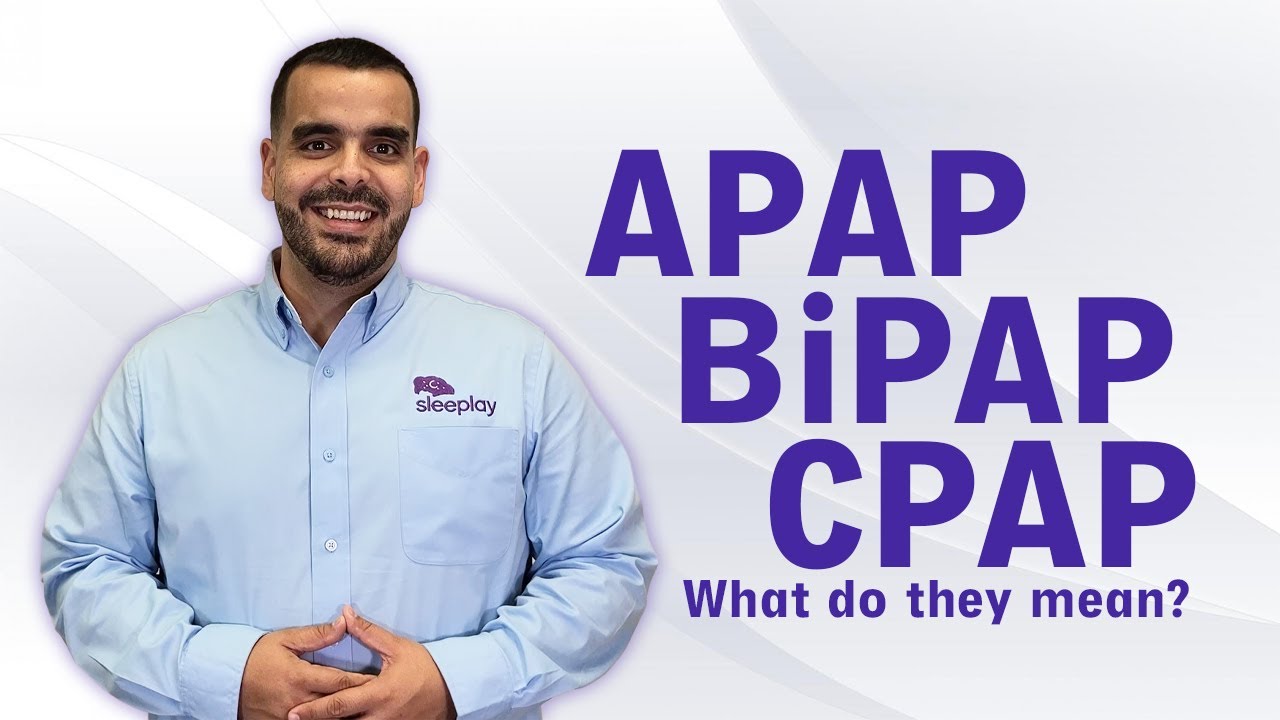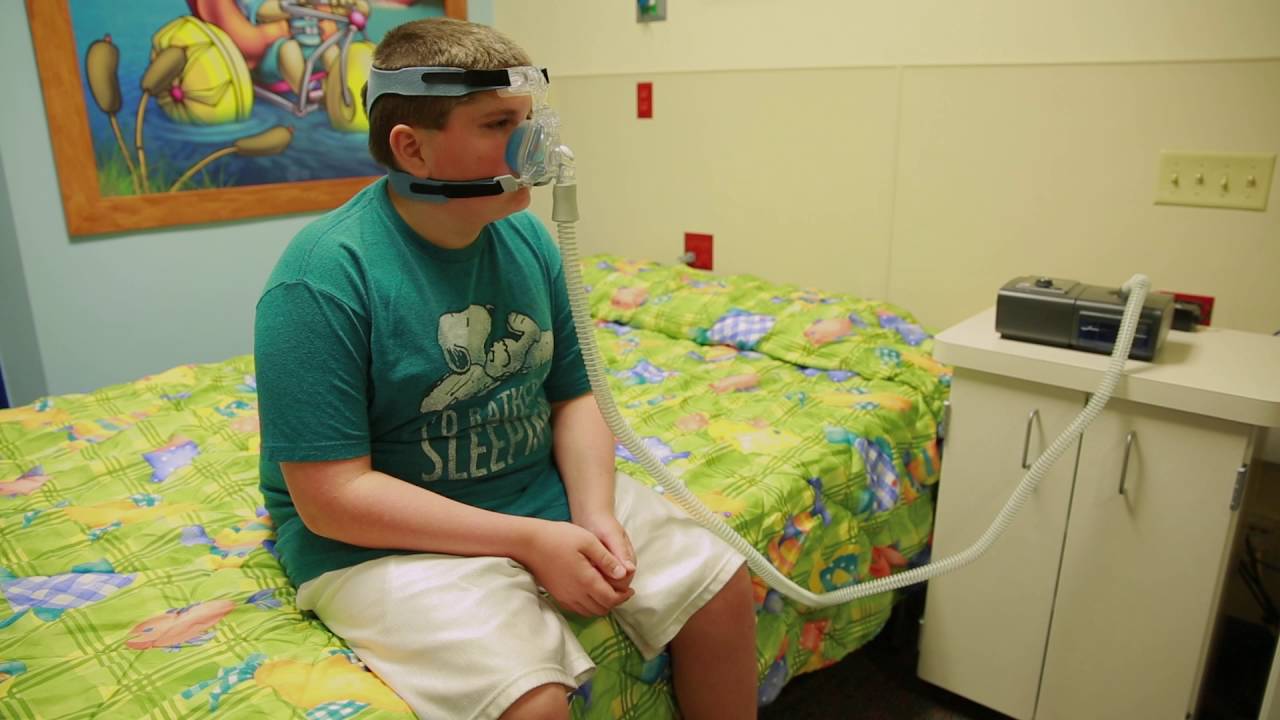
CPAP Tips from FDA
With the rising numbers of elderly populations and those with chronic health issues, the Home Healthcare field has expanded significantly within the United States.
Patients are becoming more and more dependent on medical technology to maintain or improve their quality of life in order to live as independently as possible. But they may have difficulties handling and maintaining their devices, as well as understanding the instructions on how to use them. These factors, along with using devices in different settings - at home, at work, traveling, out in the yard, etc. - can jeopardize patient safety. So, here are some helpful tips for anyone using a CPAP or caring for someone who does.
read more →
What's CPAP and BiPAP Machine
Today I want to talk to you about the differences between these devices what are they and how can they have treat obstructive sleep apnea so first of all let's get one thing out of the way what is obstructive sleep apnea .
Well sleep apnea is a condition where during the night your muscles of your throat and tongue relax and they tend to fall backwards into your airway during sleep blocking the path of valuable oxygen as it comes from the outside air into your lungs .
read more →
CPAP machine for Children
Your doctor has prescribed you a positive airway pressure device and we want to help you become successful with using it . It's important to become familiar with your device including fitting your mouse correctly cleaning your equipment troubleshooting and being able to recognize possible side-effects .
There are three general types of masks full-face nasal and nasal pillows to apply your mask disconnect the bottom headgear straps for a nasal or nasal pillows mask gently hold the mask to your nose and pull the headgear over your head .
read more →